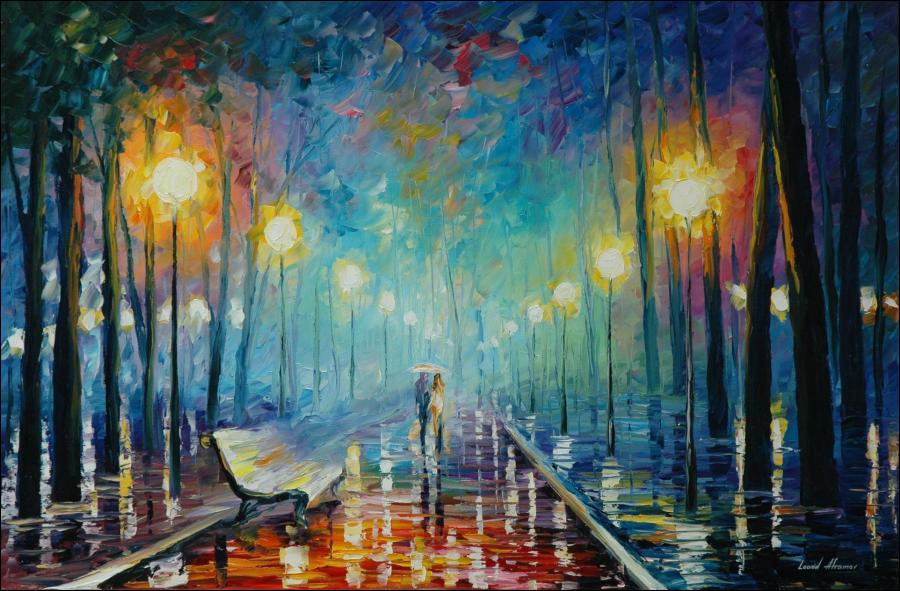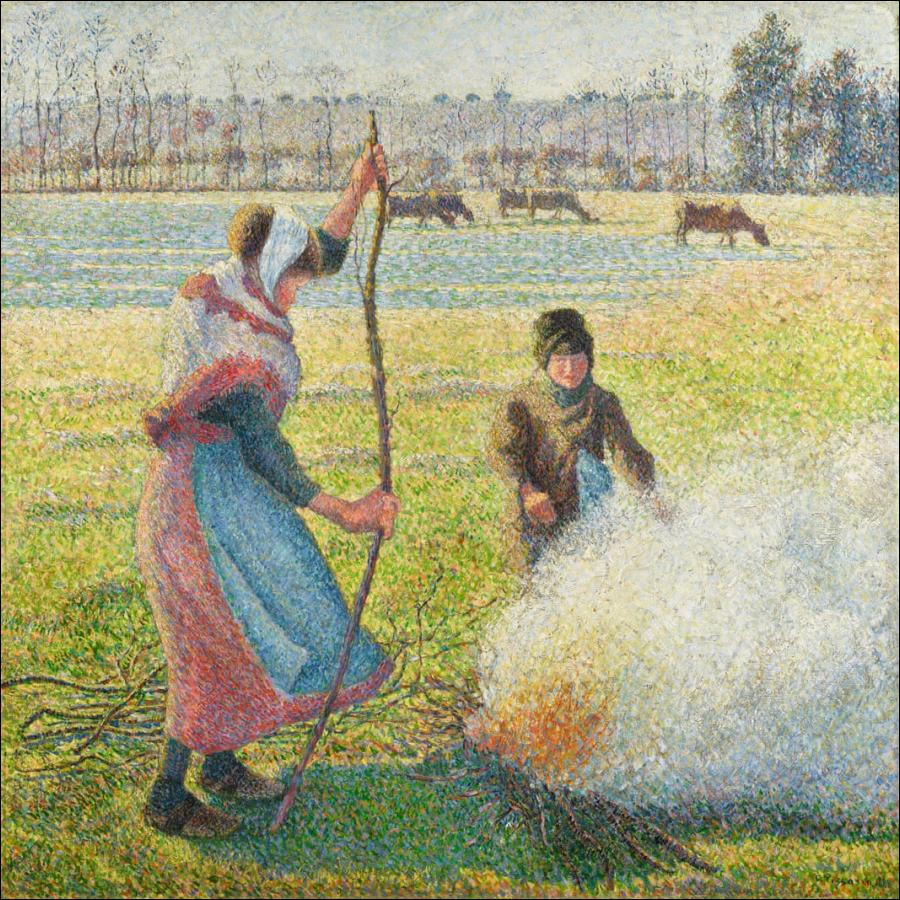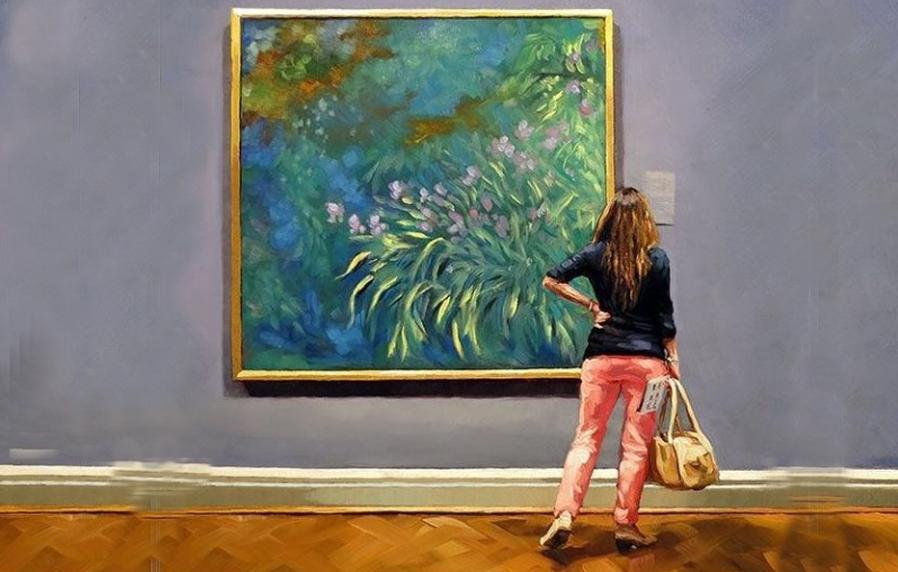When a painting is described as being in encaustic, pastel, watercolour, or fresco the idea is conveyed not only of certain definite materials being used, but of fairly well-standardized methods of using them; while there comes to mind some tolerably clear notion of the appearance of the painting.
Painting Process: Tempera
In fresco, though a ground is prepared for applying the paint layer, the two are hardly distinguishable in the completed work. In fresco secco the lime water used as a medium is of the same composition as the ground; while in buon fresco the pigment is incorporated in the outer layer of the ground itself.
What to expect from American art in 2020
There has been a surge in impassioned political art since the 2016 election, from public art at the border wall with Mexico, to billboard art across all 50 states and public podiums where consumers have been invited to voice their opinions (rather than use art as a backdrop for Instagram selfies).
French masterpieces looted by Nazis set to fetch £20m at auction
Three neo-impressionist masterpieces that were looted by the Nazis from the homes of a Jewish collector during the German occupation of France are to be auctioned in London.
All you want to know on pastel painting
Pastel, as compared with wax, is a comparatively modern process. It was known in the seventeenth century, but it was not until the eighteenth century that it came into widespread use, though since then it has remained continuously in favour.
The physical structure of a painting
Whatever materials and processes may go to their making, all paintings are essentially the same in physical construction. Each is composed of a series of layers which, in the most elaborate form and moving from back to front, consist of (I) the support, (2) the ground, (3) the priming, (4) the paint layer, (5) a protective coating.





